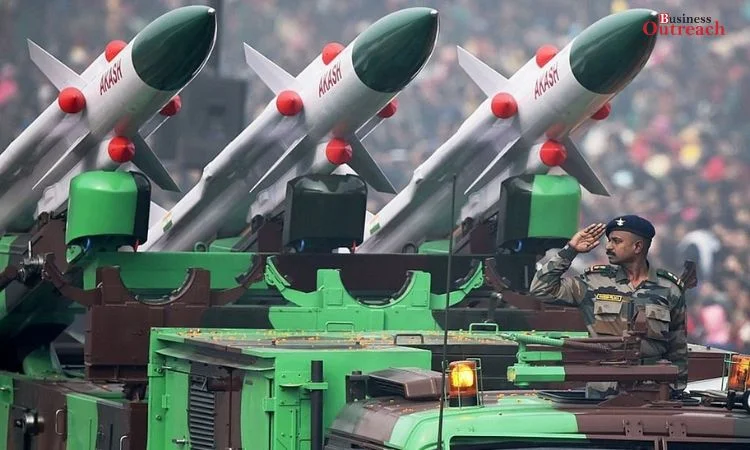The government of India will spend more money on the production of ammunition. The move is in order to prepare the country for prolonged wars, reduce dependency on imports for critical defence supplies.

PC: Swarajya
With effect from fiscal year 2025, the government has allotted a 28% rise in the budget allocation to Munitions India Limited, based in Pune. Since it stood at ₹580 crore for the fiscal year 2024, now the capital expenditure support increases to ₹745.45 crore in FY25, evidently having the highest capital outlay among the seven defence public sector units.
This will become practicable with more investment in the company, as this funding will help MIL upgrade its existing machinery and instantly expand its manufacturing facilities. The company will prioritize new projects, like the production of 30 mm and 40 mm grenades. Last fiscal, the gross earnings of MIL were more than ₹7,000 crore, of which ₹2,000 crore came from exports.
The estimated size of investment into the Indian ammunition and explosives industry is pegged at ₹13,000-15,000 crores, with participation from both the public and the private sector. Private players in the segment include names like Premier Explosives Ltd and HBL Power Systems Ltd, along with other public sector units like Bharat Dynamics Limited.
The Ministry of Defence is preparing an extensive plan to ramp up ammunition production, a plan that will include inputs from the Defence public sector undertakings and private industry. The blueprint, expected within three months, is to make sure that ammunition can flow uninterruptedly to the armed forces in cases of extended conflicts.
At present, the Indian armed forces keep a minimum 10-day supply of ammunition in their stores. Some recent conflicts across the world, however, have highlighted the need for more abundant reserves. The country aspires to be self-sufficient in ammunition production, and further, its goal is self-sufficiency in this regard is land systems, even though it is import-dependent on some weapon types.
Old rules and guidelines governing ammunition reserves are also under review within the Ministry of Defence. There is a feeling that the Raksha Mantri’s Operational Directive of 2009, while accurately defined in no uncertain terms, targets for the ammunition stockpiles, needs to be revised. As per its aim after the Kargil war, the Army wanted a 20-day reserve for intense war-fighting, for which the current supplies are inadequate.
On the other hand, India’s increased investment in ammo production highlights a commitment to bolstering military preparedness and achieving self-reliance in defence production. Capacity in production locally shall be augmented, with the participation of the public and private sectors to ensure a healthy and sustainable supply of ammunition to the armed forces. This will not only strengthen the country’s preparedness in defence but will also be a big boon to “Make in India” initiatives in defence.















